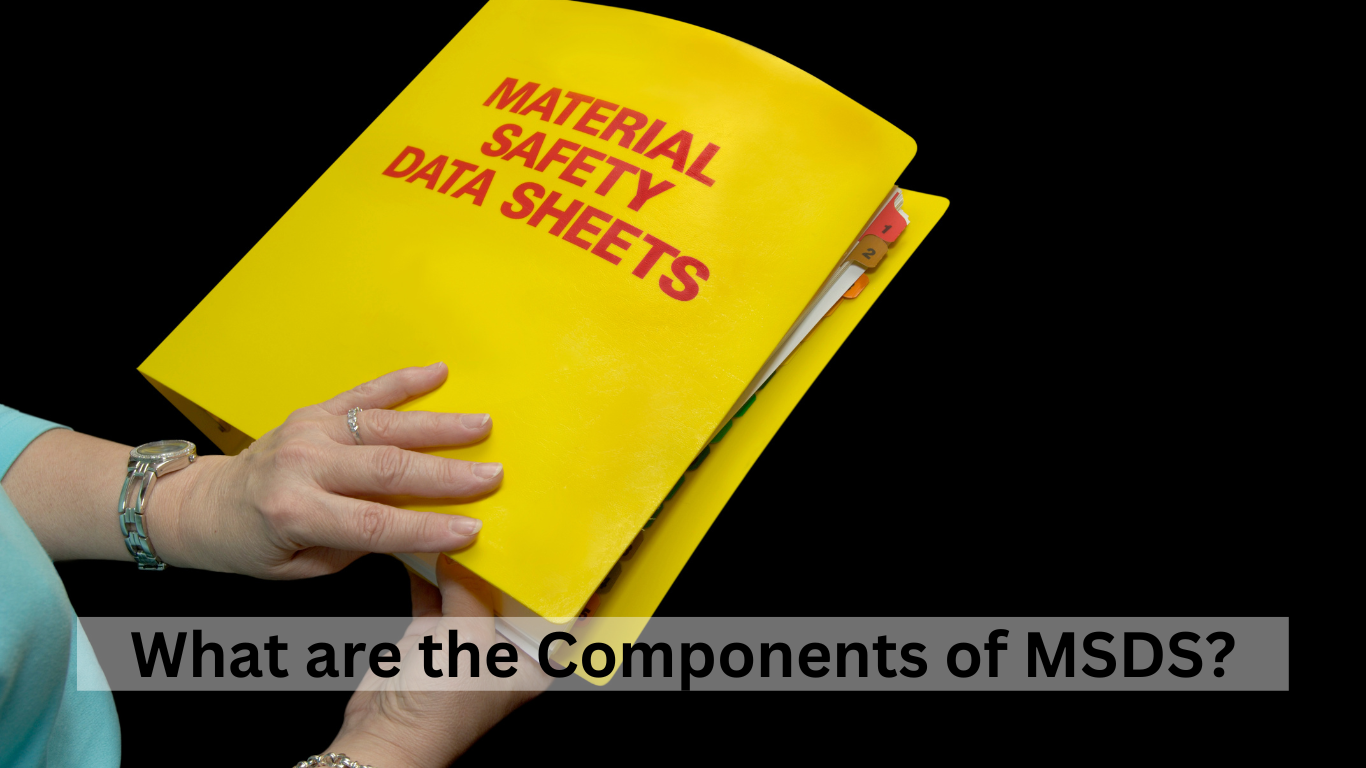In the dynamic world of industries and chemicals, safety is paramount. One crucial tool that ensures the safe handling of chemicals is the Material Safety Data Sheet Certificate (MSDS). In this article, we will delve into the components of MSDS, exploring its historical evolution, key information, format, accessibility, regulatory compliance, and much more.
The journey of MSDS traces back to the need for standardized information about chemical substances. Over the years, regulatory bodies have played a pivotal role in shaping the format and content of MSDS. Understanding this historical context provides insight into the purpose and significance of MSDS today.
Key Information in MSDS
MSDS is a treasure trove of information. It not only discloses the chemical composition but also provides details about the physical and chemical properties of a substance. Health hazards and recommended first aid measures are crucial sections that empower individuals to respond effectively in case of exposure.
MSDS Format and Sections
The standardized layout of MSDS Certificate ensures consistency across industries. Each section serves a specific purpose, from identifying the product to outlining its potential hazards. Understanding the format is essential for extracting relevant information efficiently.
How to Access MSDS
In the digital age, accessing MSDS has become more convenient. Online databases and manufacturer websites offer quick access to crucial information. This section explores the various avenues through which individuals can retrieve MSDS.
- MSDS in Emergency Situations
MSDS is not merely a document for routine reference; it plays a crucial role in emergency response. Proper training and awareness regarding MSDS are essential for a swift and effective reaction during unforeseen incidents.
- Regulatory Compliance
With strict regulations in place, compliance with MSDS requirements is non-negotiable. This section delves into the Occupational Safety and Health Administration (OSHA) requirements and the Global Harmonization System (GHS) that standardizes hazard communication globally.
- Updating MSDS
Chemical information is dynamic, and MSDS must reflect the latest data. Continuous monitoring, revisions, and version control are critical aspects of maintaining the relevance and accuracy of MSDS.
- Common Misconceptions
Lack of awareness often leads to misconceptions about MSDS. This section addresses common misunderstandings and emphasizes the importance of gaining a comprehensive understanding of MSDS.
Benefits of Complying with MSDS
Compliance with MSDS not only ensures workplace safety but also legal adherence and environmental protection. This section explores the multifaceted benefits that come with a diligent approach to MSDS.
Challenges in MSDS Management
While MSDS is a valuable tool, challenges such as information overload and interpretation difficulties can arise. Acknowledging and addressing these challenges is crucial for effective MSDS management.
Future Trends
The future of MSDS is intertwined with digitalization and technological advancements. This section explores emerging trends, including the integration of MSDS with technology for enhanced accessibility and usability.
Tips for Effective Use of MSDS
To maximize the benefits of MSDS, organizations should invest in training programs and conduct regular reviews. This section offers practical tips for ensuring the effective use of MSDS in various settings.
Conclusion
In conclusion, MSDS stands as a cornerstone for chemical safety. From its historical evolution to its future trends, understanding the components of MSDS is crucial for ensuring a safe working environment. The multifaceted benefits, combined with regulatory compliance, make MSDS an indispensable tool in today’s industries.
